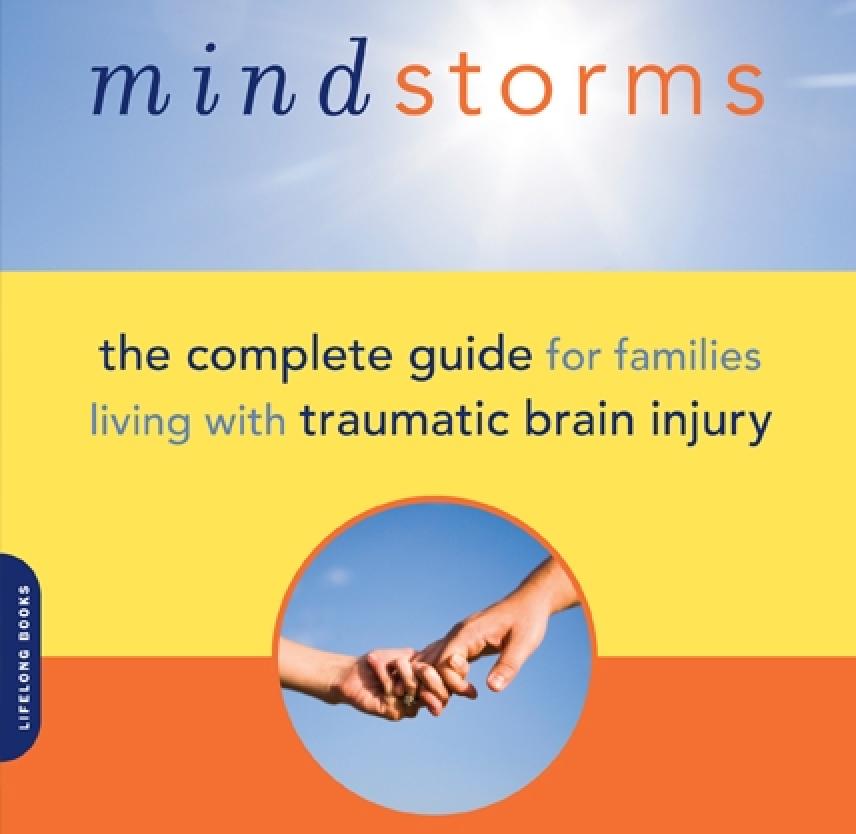
Ignorance is not bliss, especially when it comes to traumatic brain injury. On the contrary, the more you know, the more you can understand. The more you understand, the more you can accept. And the more you can accept, the more progress you can make in rehabilitation or in helping your loved one.
To that end, here are the realities behind the six most common braininjury myths. These mistaken — and potentially dangerous — misconceptions live on despite the inroads into traumatic brain injury that researchers have made.
Myth 1: Brain Injury Can Be Detected Immediately
I have been a practicing neuropsychiatrist for over twenty-five years. At least once a month, I hear this myth from bewildered parents who didn’t think anything was wrong with their child, from mild brain-injury patients who don’t understand what is going on with their own symptoms, or from a patient’s loved ones who are confused and afraid. As we will learn in Chapter 4, many cases of mild traumatic brain injury (MTBI) cannot immediately be detected. The signs of this form of brain injury do not show up on scans, X-rays, or simple diagnostic tests, and its symptoms may not crop up for days, weeks, or even months.
Even with all of our advanced diagnostic tools, we cannot always immediately determine exactly which areas of the brain will ultimately be affected, either in mild injuries or in more severe ones. Damage in the frontal lobe area can have far-reaching consequences, causing neurological and chemical imbalances in other areas of the brain, including the limbic system, the temporal lobes, and the parietal lobes. In other cases, however, the damage can be self-contained, causing only slight, temporary injury to executive functions such as problem solving and organizing.
When someone you love is brain-injured in an accident, a heart attack, a stroke, or combat, it is crucial to pay attention to his or her memory, moods, conversations, and habits for several months down the road. Communicate. If anything seems different or wrong, contact your doctor. Early detection can make all the difference between a downward spiral and healthy recovery.
Myth 2: Any Improvements That Can Be Made in Rehabilitation Will Occur Within a Year
The course of brain injury is difficult to predict and depends on the type (or types) and severity of the injury that caused the damage. Most of the healing occurs naturally as the brain responds to the trauma. Unfortunately, medical science cannot yet speed up the process of recovery or replace the brain cells that may have died during the early days following the injury. Healing takes time, and it can’t be rushed. The bleeding must stop, the swelling must subside, and bruises must heal. Disrupted neurons must have time to return to full function. Neurotransmitters and hormones must be given a chance to adapt to the new bodily responses that come from an injured brain.
Treatment must be tailored to the individual patient. Early on, this means preventing other complications that may develop in the brain or other parts of the body as a result of the original trauma.
Doctors used to attempt to tell patients and families what to expect following a brain injury. We were well-intentioned, basing our explanations on our experience in treating injuries, usually uncomplicated brain injuries caused by motor vehicle accidents. However, we now know that recovery from brain injury can be very difficult to predict. Several different types of brain injury can occur as a result of the same accident. Moreover, even after the brain has done its best to recover, new learning can help an individual compensate for many disabilities that would otherwise leave him severely handicapped and prevent independence. This new learning is hard won. It usually requires an interdisciplinary rehabilitation team to foster its growth, and it may require months or years to accomplish. It also will need to occur in a number of settings, typically a hospital, a residential care facility, and an outpatient clinic.
Miraculous recoveries do occur from time to time. But the majority of them require a lot of hard work by the family, the rehabilitation team, and, most important of all, the injured person himself.
Excerpted from Mindstorms: The Complete Guide for Families Living with Traumatic Brain Injury by John W. Cassidy, M.D. Available now from Da Capo Lifelong, a member of the Perseus Books Group. Copyright © 2009.
